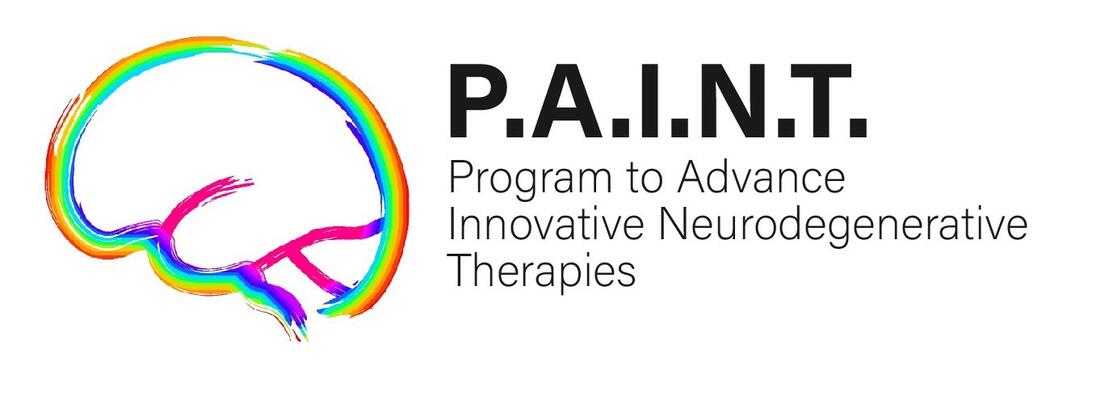BACKGROUND: Three motor phenotypes have been described in PD: postural instability and gait difficulty (PIGD) dominant, tremor-dominant (TD), and indeterminate (IND) subtype. These phenotypes have been associated with different cognitive trajectories, motor outcomes, and biomarkers profiles. However, whether motor subtype classifications change with treatment and disease progression is not well established.
METHODS: To evaluate motor subtype ratio changes, we used the chi-square test for the off and on state motor subtypes for 115 PD participants in the BioFIND study and used repeated-measures analyses to evaluate longitudinal changes in 162 PD participants with five-year follow-up in the PPMI study.
RESULTS: PIGD and TD subtypes in moderate to advanced PD participants change with dopaminergic agents. For those who shifted subtypes, improvement in tremor accounted for the transition of 15 (25.4%) TD participants, while the lack of tremor improvement along with minimal changes in PIGD score resulted in changes for eight (19.0%) PIGD individuals. Analyses of PPMI data revealed that all three subgroups had a significant decrease in subtype ratio with disease progression and a significant decline in subtype ratio occurred only in the TD subgroup with dopaminergic agents. The impact of dopaminergic medication effect on subtype shift for each visit was also more notable with disease advancement.
CONCLUSIONS: Motor subtypes are not fixed but change with progression of the disease and with treatment. Improvement in tremor was the main contributor to motor phenotype transitions in the BioFIND cohort. A more stable classification system for subtypes based on underlying biological differences is desirable.


